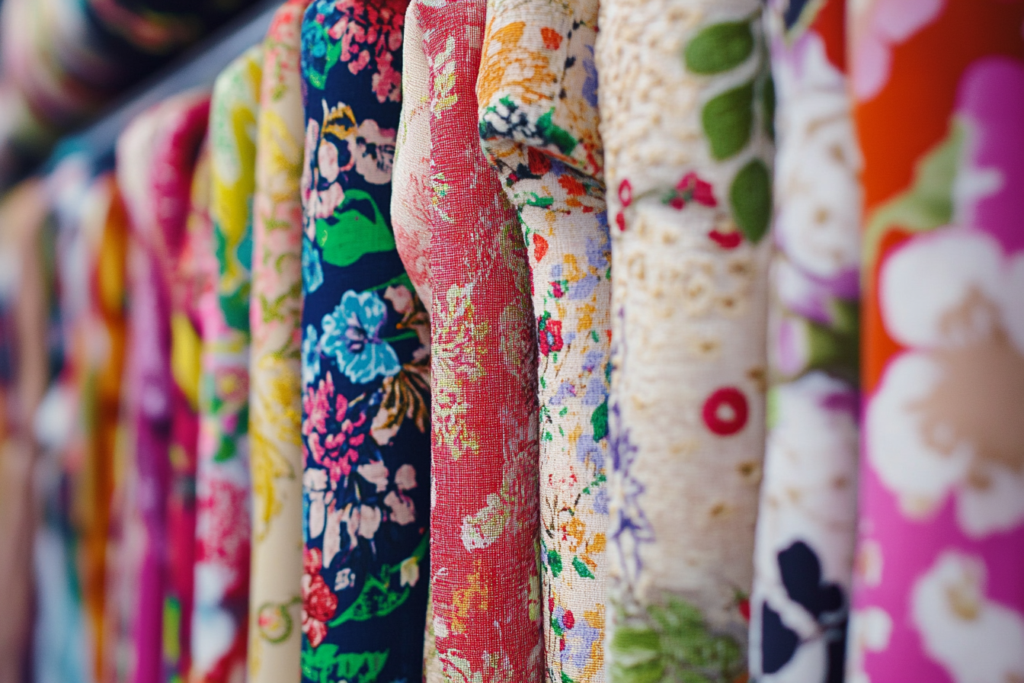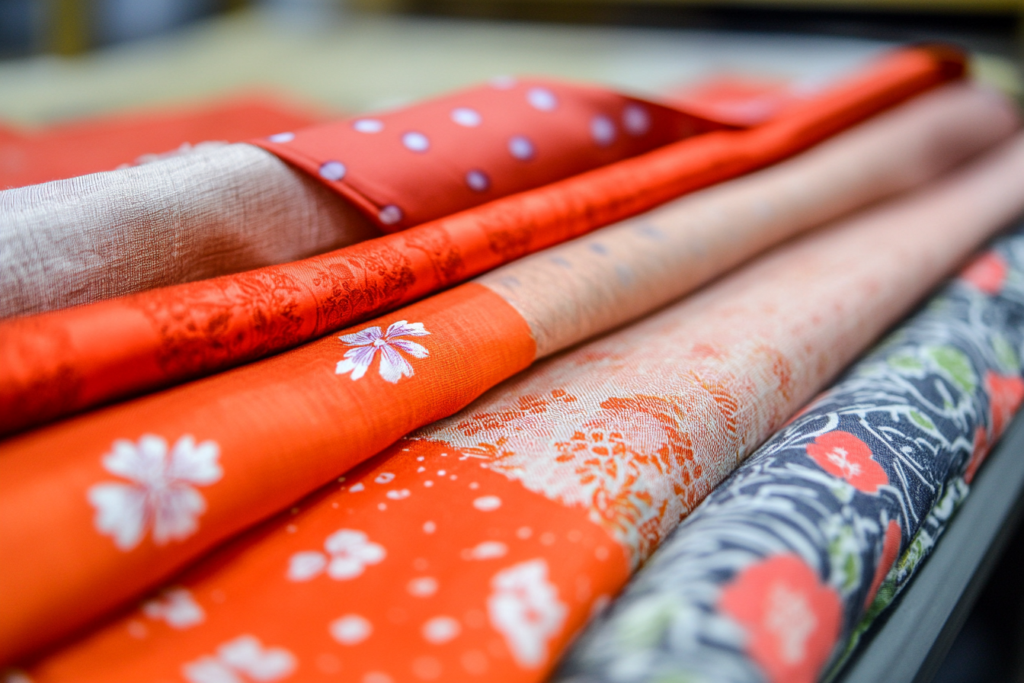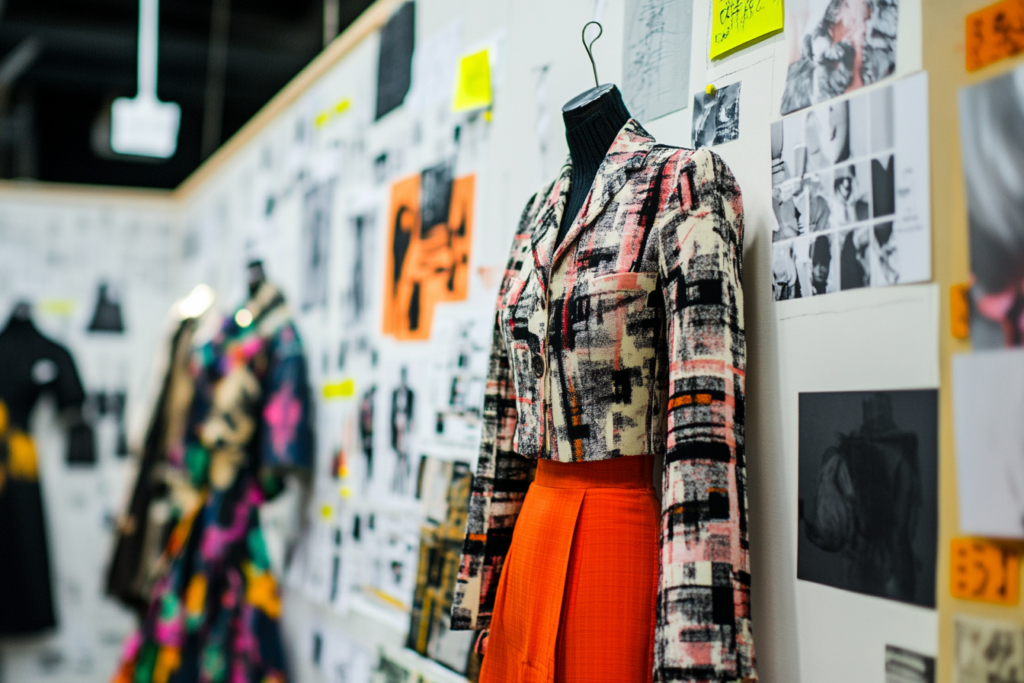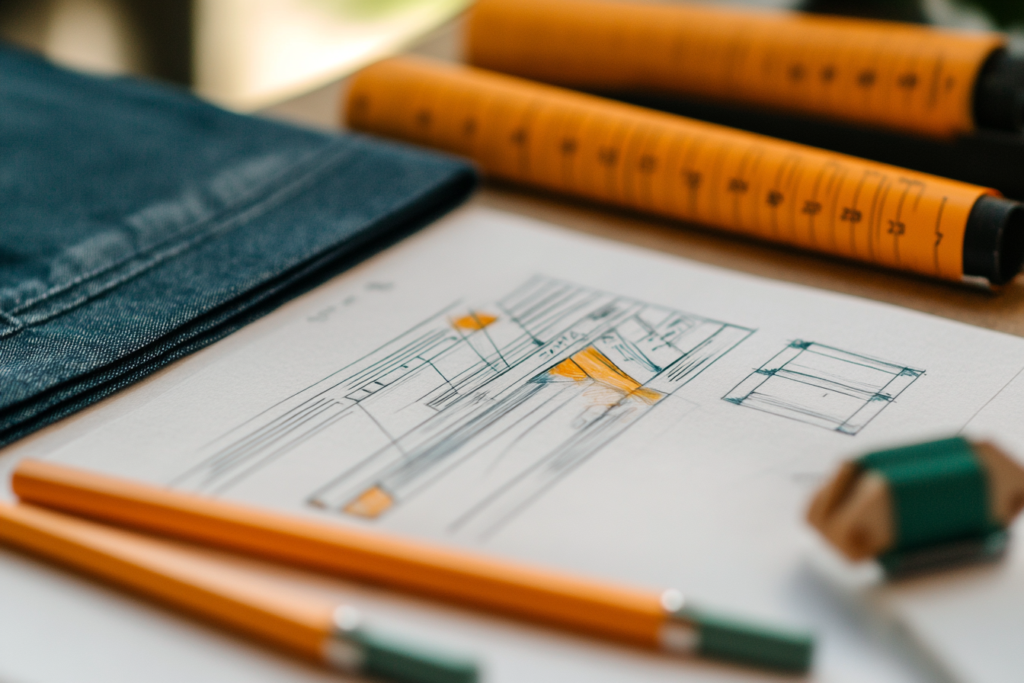Fabric Development in Fashion: Crafting the Perfect Fabric for Every Collection
Fabric development is a crucial aspect of the fashion design process, influencing everything from the final product’s look and feel to its functionality and appeal. Designers and planners must stay updated on fabric trends to create collections that resonate with consumers. This process often involves attending international fabric exhibitions, collaborating with fabric mills, and utilizing various trend reports. In this article, we will explore the key steps in fabric development, the role of fabric trends, and how designers select the right fabrics for each collection.


The Fabric Development Process
Fabric development begins by understanding the latest trends and sourcing the right materials that will bring a designer’s vision to life. This process is highly collaborative, with designers, planners, and fabric suppliers working closely to select the right fabrics for a collection. Here’s an overview of the essential steps in fabric development:
| Step | Description | Icon |
|---|---|---|
| Research Fabric Trends | Designers attend international exhibitions like the German Fair or “Premier Vision” in Paris to gather trend information. | 🌍 |
| Collaborate with Suppliers | Fabric representatives from mills bring fabric samples, allowing designers to select suitable materials. | 🧵 |
| Analyze Fabric Samples | Designers review fabric swatches, which may come from trend reports, magazines, or fabric sample books. | 📚 |
| Custom Fabric Requests | For exclusive fabrics or prints, designers may request custom fabric prints from specialized factories. | 🖨️ |
| Finalize Fabric Selection | Designers select fabrics that meet market demand and align with the collection’s price range and aesthetic. | ✅ |
Fabric Trend Sources
The fashion industry relies on various sources to predict the upcoming fabric trends:
- Fabric Exhibitions: Events like the German Fair and “Premier Vision” in Paris offer valuable insights into the latest fabric trends, including new textures, colors, and materials.
- Fabric Representatives: Representatives from fabric mills visit fashion houses, providing designers with swatches and details about the latest fabric developments.
- Textile Trade Magazines & Reports: Publications like Women’s Wear Daily and DNR offer seasonal trend reports, showcasing the most in-demand fabrics.
- Personal Fabric Collections: Designers often maintain their own collection of fabric samples from past seasons or fabric magazines for inspiration when creating new collections.
Woven and Knitted Fabrics: Understanding the Differences
Different types of fabrics, such as woven fabrics and knitted fabrics, follow different trend trajectories. Each fabric type brings its own set of possibilities in terms of texture, structure, and design potential:
- Woven Fabrics: These fabrics are made by interlacing two sets of yarn, typically offering a more structured feel. They include materials like chiffon, tulle, and washed linen. Woven fabrics are often chosen for their durability and ability to hold prints well.
- Knitted Fabrics: These fabrics are made by looping yarns together, offering a more flexible and comfortable fit. While knitted fabrics are less commonly used for prints, they are preferred for their stretchability and comfort.
| Fabric Type | Key Characteristics | Common Fabrics | Icon |
|---|---|---|---|
| Woven Fabrics | Structured, less flexible, and ideal for prints. | Linen, Cotton, Tulle, Chiffon | 🧶 |
| Knitted Fabrics | Soft, stretchable, and perfect for activewear and casual styles. | Jersey, Ribbed Knits | 🧵 |
Fabric Trends for Spring/Summer Outdoor and Women’s Dress Collections
Different collections require different fabric choices based on the seasonal theme and target customer. For example, an outdoor collection might feature fabrics that are lightweight, breathable, and durable, such as washed linen or stretch linen. Meanwhile, a women’s dress collection may focus on more delicate and luxurious fabrics like chiffon or crepe. Here’s a breakdown of fabric trends for both collections:
Outdoor Collection Fabrics
| Fabric Type | Description | Seasonal Application | Icon |
|---|---|---|---|
| Pearlescent Sheen | Fabrics with a slight shine, ideal for evening or formal wear. | Evening jackets, activewear | ✨ |
| Linen Blends | A breathable and natural fabric ideal for warmer weather. | Casual shirts, pants | 🌿 |
| Stretch Linen | A stretchable version of linen, providing comfort and flexibility. | Outdoor wear, hiking clothes | 🏞️ |
| Denim Linen | A rugged fabric that combines the texture of denim with the lightness of linen. | Summer coats, casual wear | 👖 |
Women’s Dress Collection Fabrics
| Fabric Type | Description | Seasonal Application | Icon |
|---|---|---|---|
| Chiffon | Lightweight and airy fabric, perfect for creating soft, feminine silhouettes. | Evening dresses, summer wear | 👗 |
| Crepe | A textured fabric that adds sophistication and movement to garments. | Formal dresses, skirts | 🏵️ |
| Printed Tulle | A delicate fabric used for feminine, layered designs. | Party dresses, wedding wear | 💍 |
| Paisley Prints | A classic print with a vintage feel, great for adding an elegant touch. | Bohemian dresses, blouses | 🌀 |
The Impact of Custom Printing
For fashion brands looking to create exclusive prints that align with their unique vision, custom printing is often necessary. However, there are challenges involved, particularly when working with printing factories that have minimum order quantities (e.g., 1000 meters of fabric). These exclusivity agreements are typically arranged with fabric mills that specialize in custom prints.
| Custom Printing Factor | Description | Icon |
|---|---|---|
| Minimum Order Quantity | Custom fabrics often require large orders, which can affect budget and timing. | 📏 |
| Exclusivity | Custom prints offer a unique selling point, setting the brand apart in the market. | 🌟 |
| Production Time | Custom printing takes additional time compared to using pre-printed fabrics. | ⏳ |
The Role of Fabric Development in Fashion Design
Fabric development is an essential part of the fashion design process, influencing everything from the texture and feel of garments to their aesthetic appeal. By staying updated on fabric trends, collaborating with fabric suppliers, and using fabric trend forecasts, designers can ensure that their collections meet both seasonal expectations and consumer demand. Whether designing for outdoor wear or women’s dresses, understanding fabric characteristics and trends is vital for creating collections that not only look good but also perform well in the market.
The strategic use of fabrics, including woven and knitted materials, along with custom prints, plays a significant role in defining the visual and functional qualities of a collection. By incorporating these factors into their designs, fashion brands can ensure the success of their products and maintain a competitive edge in the marketplace.




